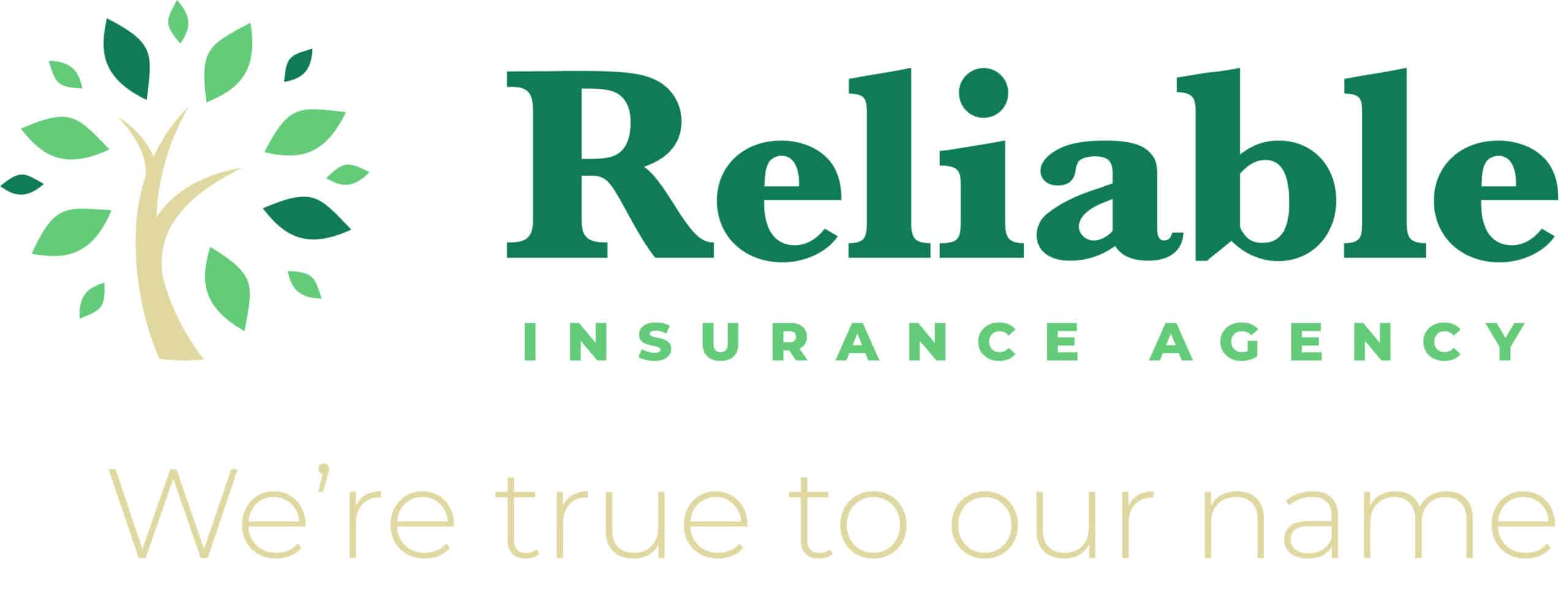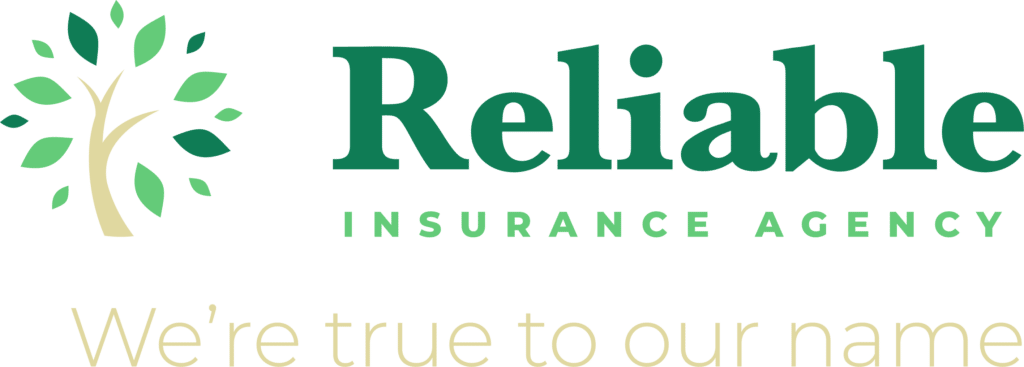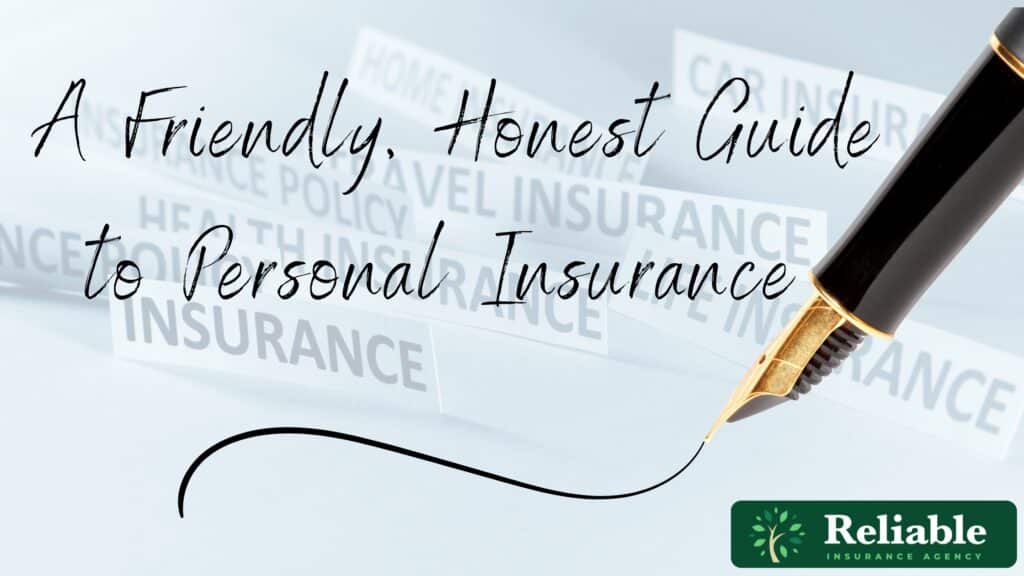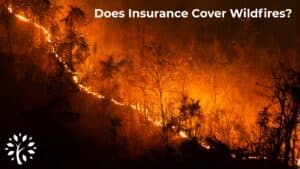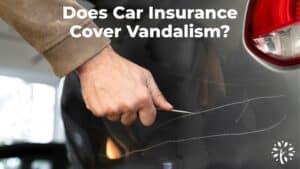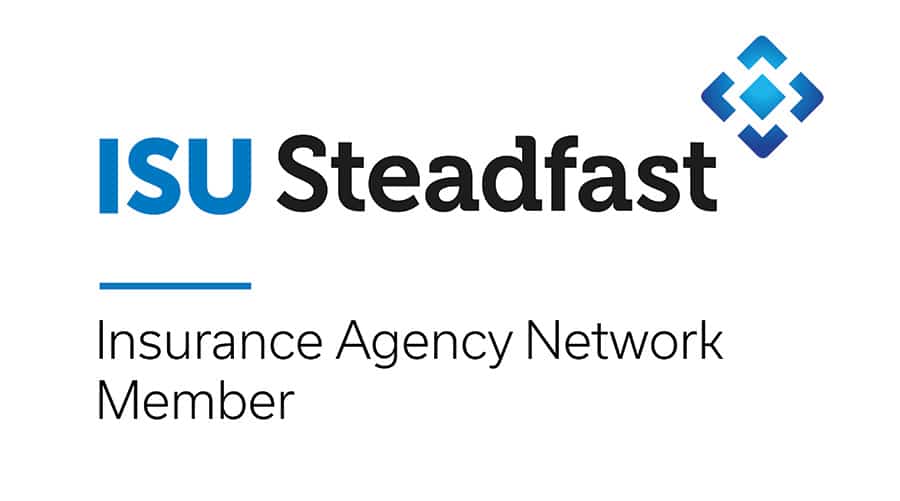Insurance terms are often unfamiliar, filled with fine print that seems to say everything and nothing all at once. Whether you’re reviewing your policy for the first time or just want to better understand what you’re paying for, this guide is for you.
In A Friendly Guide to Personal Insurance, we break down the most common types of personal insurance—like home, renters, and auto—and define the key terms that often cause confusion. From deductibles and liability limits to actual cash value vs. replacement cost, you’ll walk away with a clearer picture of how coverage works and what to watch for.
Policies are are rarely created equal. Knowing where you’re at in life can help you choose the right coverage at the right price.
🏠 Homeowners Insurance

Key Terms
Dwelling Coverage (Coverage A)
Dwelling coverage, or Coverage A, is the part of a homeowners insurance policy that protects the physical structure of your home—including the walls, roof, foundation, and any attached structures like an attached garage, deck, or porch. It’s typically based on the cost to rebuild your home—not its market value—and is one of the most important components of your policy. If a covered peril like fire, wind, or hail damages your home, this coverage helps pay to repair or rebuild it.
Personal Property (Coverage C)
Personal Property coverage, or Coverage C, protects the belongings inside your home—such as furniture, clothing, electronics, appliances, and décor. This coverage protects your belongings whether damage happens at home or someone steals them from your car or while you’re traveling.
Personal Liability (Coverage E)
Personal Liability coverage, or Coverage E, protects you when your actions cause injury to someone or damage their property. This coverage helps cover legal fees, medical bills, and settlements. You receive protection if you cause injury or property damage at home or anywhere else. This coverage is especially important in cases like dog bites, slip-and-fall injuries, or accidentally causing damage to someone else’s property.
Loss of Use (Additional Living Expenses)
Loss of Use Coverage, also called Additional Living Expenses (ALE), pays for temporary housing and living costs when damage makes your home unlivable during repairs. Commonly covered costs include hotel stays, meals, and transportation.
Replacement Cost Value (RCV) vs. Actual Cash Value (ACV)
Replacement Cost (RCV) pays to replace damaged or stolen items with new ones of similar kind and quality, with no deduction for depreciation. It helps restore your belongings or property to their original condition.
Actual Cash Value (ACV) subtracts depreciation from the replacement cost and reimburses you based on the item’s current market value—not what it costs to buy new.
REAL-LIFE EXAMPLE: A burst pipe damaged Jenna’s 100-year old hardwood floors. Unfortunately, her homeowners policy only covered actual cash value, leaving her with a hefty out-of-pocket expense. If she had replacement cost coverage, the outcome would’ve been much different.
EXAMPLE 2:
A fire destroys a couch valued at $3,500.
– With RCV, you’ll get the full $3,500 (minus deductible).
– With ACV, after deductible, you might only get $1,800 due to age and wear.
Policy Limits
A policy limit is the maximum amount your insurance company will pay for a covered loss under a specific part of your homeowners policy. Each section—like your home itself (Coverage A), personal belongings (Coverage C), or liability coverage—has its own limit, which may be based on your home’s value or selected manually.
EXAMPLE: If a fire destroys $120,000 worth of your belongings and your Coverage C limit is $100,000, your policy pays up to $100,000—minus your deductible—unless you’ve scheduled certain items separately.
Deductible
A deductible is the amount you agree to pay out of pocket before your insurance coverage kicks in for a covered claim. Your deductible is something you get to pick – but lower deductibles come with higher premiums. It is important to find a balance between the two. Don’t pick a deductible too high just to keep your premium lower. Because if you ever do suffer a loss, you will need to be able to pay that deductible before your insurance policy kicks in.
Endorsement (Rider)
An endorsement (or rider) adds to your insurance policy and modifies, expands, or limits coverage beyond the standard policy. You can use endorsements to increase limits, cover excluded items, or tailor your protection to fit your specific needs.
Common examples include:
- Water backup coverage
- Scheduled personal property
- Home-based business coverage
- Replacement cost upgrades for personal property
Endorsements typically come with an added premium, but they’re often an affordable way to fill important gaps in coverage.
🏠 Real-Life Application: How Homeowners Insurance Comes Through When You Need It Most
After a kitchen fire spread to the living room, damage to Maria’s home was extensive. Her dwelling coverage (Coverage A) paid for structural repairs, while personal property coverage (Coverage C) reimbursed her for furniture, electronics, and appliances lost in the fire. Since the home was unlivable during repairs, her Loss of Use (Coverage D) helped cover hotel stays and meals for over a month. Without the right coverages in place, the financial and emotional toll would have been overwhelming.
🏘️ Renters Insurance
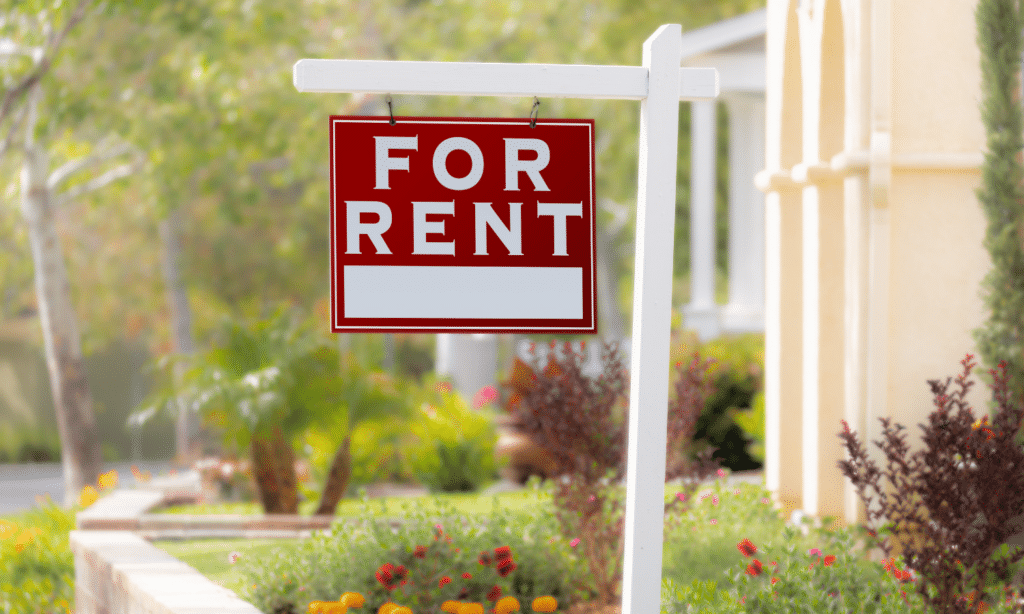
Key Terms:
Personal Property
Renters insurance protects your belongings—like furniture, clothing, electronics, and kitchenware—from common risks such as fire, theft, vandalism, or water damage (from things like burst pipes). Even though you don’t own the building, you’re still responsible for replacing your personal items if disaster strikes. Coverage applies not just inside your rental, but often extends to items stolen from your car or lost while traveling.
Liability Coverage
If someone is injured in your apartment or you accidentally damage someone else’s property (like causing a kitchen fire that spreads to a neighboring unit), liability coverage can help pay for medical bills, repairs, and even legal expenses if you’re sued. It’s one of the most important parts of a renters policy and is often overlooked until it’s too late.
Loss of Use (Additional Living Expenses ‘ALE’)
If your rental unit becomes uninhabitable due to a covered loss—like a fire, severe water damage, or smoke damage—this part of your renters insurance can help pay for temporary housing, hotel stays, meals, and other additional expenses while repairs are made. It ensures you’re not left scrambling (and paying out of pocket) for somewhere to live.
“Named Perils” Coverage
Renters policies usually cover specific risks or “perils” listed in the policy—like fire, lightning, theft, vandalism, and certain types of water damage. These are called named perils. If something happens that’s not listed, it likely won’t be covered. It’s important to understand what’s included so there are no surprises if you ever need to file a claim.
Even though your landlord has insurance for the actual structure, it doesn’t cover your stuff. Renters insurance is an affordable way to protect your belongings and your legal liability.
🧠 Real-Life Example: Renters Insurance in Action
Maya returned home from work to find her apartment full of smoke and she didn’t know what she was going to do. A fire had broken out in the next door unit and spread through the wall into her living room, destroying her couch, TV, and a closet full of clothes. The entire building was evacuated, and tenants were told it could be weeks before they could move back in.
Fortunately, Maya had a renters insurance policy. Within days:
- Her policy reimbursed her for the replacement cost of her furniture, electronics, and wardrobe (minus her deductible).
- The Loss of Use coverage helped pay for a hotel while she looked for a new apartment.
- And when the landlord tried to claim she was partially at fault, her liability coverage provided legal support at no extra cost.
What could’ve been a financial disaster turned into a temporary setback—with far less stress and far more peace of mind.
🚗 Auto Insurance

Key Terms:
Liability (Bodily Injury & Property Damage)
Liability coverage is required by law in most states and protects you if you’re at fault in an accident. It pays for injuries to others (bodily injury) and damage to their property (property damage), including vehicles, fences, or buildings. It doesn’t cover your own vehicle or injuries.
Collision Coverage
Collision covers the cost to repair or replace your own vehicle if it’s damaged in an accident—whether you hit another car, a tree, a pothole, or even roll your vehicle. It’s optional coverage, but often required if you lease or finance your car.
Comprehensive Coverage
Also known as “other-than-collision” coverage, this pays for damage to your vehicle caused by things like theft, vandalism, hail, falling objects, fire, or hitting a deer. It’s essential for protecting your vehicle from unexpected non-accident-related events.
Uninsured / Underinsured Motorist Coverage
This coverage steps in if you’re hit by a driver who has no insurance or not enough to cover the damage they caused. It can pay for your medical bills, lost wages, and sometimes even damage to your vehicle—especially important in hit-and-run cases.
Deductible
A deductible is the amount you pay out of pocket before your insurance covers the rest. It applies to claims under comprehensive and collision coverage. Higher deductibles lower your premium—but mean you’ll pay more upfront in the event of a claim.
No-Fault / PIP (Personal Injury Protection)
In no-fault states like Minnesota, your own insurance pays for your medical bills, lost income, and other related expenses—no matter who caused the accident. This is called Personal Injury Protection (PIP) and is required in certain states.
🧠 Real-Life Application: Why Auto Insurance Coverage Matters
After hitting a deer late at night just outside Duluth, Ashley’s car was severely damaged. Her comprehensive coverage paid for the front-end repairs, minus her deductible. A few months later, while driving along Highway 61, she was rear-ended by an uninsured driver. This time, her uninsured motorist coverage helped cover her medical expenses. Without those two coverages in place, Ashley would have been responsible for thousands of dollars in repairs and treatment. Her auto policy also included liability, collision, and PIP coverage—ensuring she was protected from more than just the basics.
☂️ Umbrella Insurance
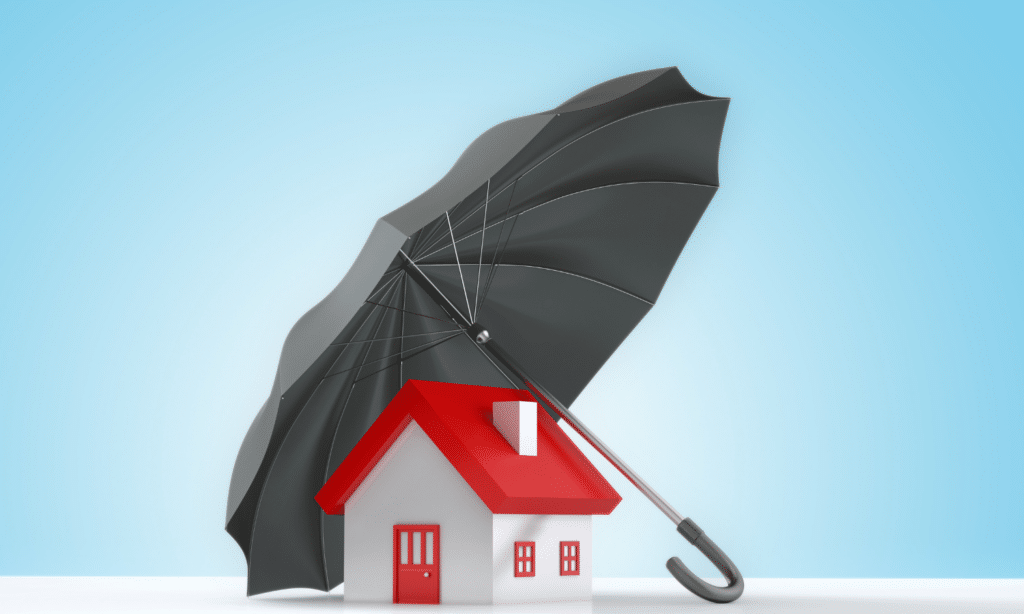
What It Is & Why It Matters
Think of umbrella insurance as extra liability protection that sits on top of your auto, home, or renters policy. It kicks in when the liability limits on your primary policy are maxed out—helping to protect your savings, assets, and future earnings if you’re sued.
Many people assume they don’t need umbrella coverage because they aren’t wealthy. But lawsuits don’t just target millionaires. You could be held financially responsible well beyond your standard policy limits.
Common Situations Where Umbrella Coverage Can Help:
- You’re found at fault in a multi-car collision with major injuries.
- A guest trips on your icy front step and faces long-term recovery.
- Your dog bites a neighbor and they sue for medical bills and lost wages.
- Your child posts something on social media that leads to a lawsuit.
What It Covers:
- Bodily injury liability
- Property damage liability
- Personal liability 9like libel, slander, or false arrest)
- Legal defense costs
Umbrella insurance is typically inexpensive for the amount of protection it offers. If you have a lot to lose—or just want peace of mind—it’s worth the conversation.
☂️ Real-Life Application: When an Umbrella Policy Saves the Day
During a neighborhood BBQ, a guest slipped on Peter’s icy front steps and suffered a serious back injury. His homeowners policy covered $300,000 in liability—but the injured guest’s medical bills, legal costs, and settlement demands added up to over $700,000. Fortunately, Peter had a $1 million umbrella policy, which kicked in after the homeowners liability limit was exhausted—protecting his savings, retirement accounts, and even his future earnings from garnishment.
🚤 Other Coverages
You Might Need 💦
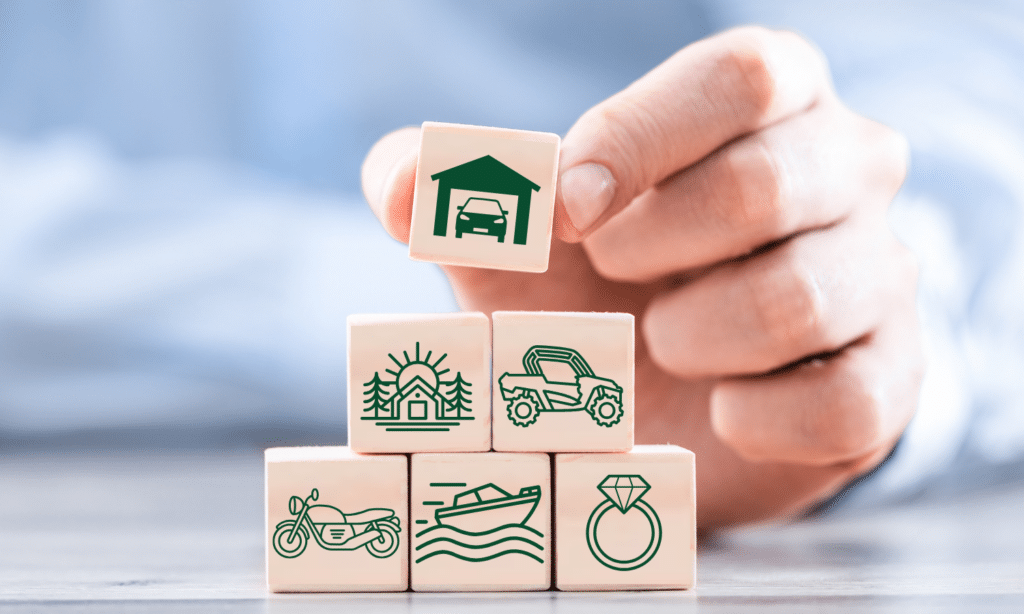
Homeowners, auto, and umbrella policies form the backbone of personal insurance—but they’re not always enough. Depending on your lifestyle, property type, and where you live, there may be additional coverage gaps you didn’t realize existed.
In northern Minnesota and Wisconsin, we often insure more than just our homes and vehicles. Think cabins, snowmobiles, boats, and ATVs. We also deal with extreme weather, spring thaw, and rising water tables—things a basic policy might not fully address.
Here are a few additional coverages that are worth exploring—some you may already own, others you might not have thought about.
Flood Insurance
One of the most common—and costly—insurance misunderstandings is the belief that homeowners insurance covers flood damage. It doesn’t. Flood insurance is a completely separate policy, and for many people, it’s something they don’t consider until it’s too late.
🧠 What Counts as a “Flood”?
A flood is defined by FEMA as: “A general and temporary condition where two or more acres of normally dry land or two or more properties are inundated by water or mudflow.”
In simple terms: If water rises up from the ground and enters your home—from overflowing rivers, snowmelt, heavy rainfall, or drainage issues—it’s considered a flood. Even if it’s just your basement, and even if it’s never flooded there before.
🏡 But My Home Isn’t in a Flood Zone…
Here’s the surprise: More than 1 in 4 flood claims happen in low- or moderate-risk areas. And while mortgage lenders typically only require flood insurance in high-risk zones, that doesn’t mean your home is immune.
💡 Real-Life Example:
After an unusually wet spring, runoff overwhelmed local drainage systems and backed up into dozens of basements in a Cloquet neighborhood. Most homeowners didn’t have flood insurance—and standard home insurance didn’t cover the damage. One homeowner who had opted into a private flood policy through their agent was fully reimbursed (minus their deductible) for cleanup and repairs.
🔍 How to Get Flood Coverage:
- NFIP (National Flood Insurance Program) – Offered through FEMA and written by many local insurers. Standardized rates and coverages.
- Private Flood Insurance – May offer higher limits, lower deductibles, or extra options like temporary living expenses.
Flood insurance often has a 30-day waiting period before it goes into effect, so don’t wait until the forecast looks grim.
Water Backup & Sewer Line Coverage
One of the most common home insurance claims in our region comes from something not automatically covered: water or sewage backing up into a basement or drain.
Despite how often it happens—especially during spring thaw or heavy rain—this type of damage is typically excluded from standard homeowners insurance. That’s where a Water Backup or Sump Pump Overflow Endorsement comes in.
💧 What It Covers:
- Backup or overflow from a sump pump or drain
- Water entering your home through a sewer line backup resulting in damage to flooring, walls, appliances, and belongings
🔧 What It Doesn’t Cover:
- Gradual leaking or seepage
- Flooding from surface water or rising groundwater (that’s a flood policy)
💡 Real-Life Example:
During a spring storm, heavy rain caused an overwhelmed sump pump to fail in a Hermantown home. Dirty water backed up into the finished basement, damaging carpet and furniture. The homeowner had a $10,000 Water Backup rider on their policy, which covered cleanup, replacement, and restoration—minus a small deductible.
💲 Is It Expensive?
Not really—coverage is typically added for $25 to $150 per year, depending on your chosen limit. In Minnesota and Wisconsin, it’s often considered one of the best-value endorsements you can add to a home policy.
Cabins & Seasonal Homes
Whether it’s a rustic hunting shack or a family getaway on the lake, cabins and seasonal homes are a big part of life in northern Minnesota and Wisconsin. But insuring them isn’t always as simple as adding them to your current homeowners policy.
🏠 How They’re Treated Differently
Cabins, lake homes, and other secondary residences usually need their own separate policy—especially if:
- It is not your primary residence
- They sit vacant for long periods of time
- It doesn’t have full-time, year-round heat or plumbing
- You rent it out short-term (VRBO or Airbnb, for example)
Because seasonal homes are often more vulnerable to frozen pipes, theft, vandalism, and storm damage, insurers write these risks differently than a year-round home.
🔑 Real-Life Example:
A cabin owner near Ely went up for Memorial Day weekend and discovered extensive damage from burst pipes that froze during a March cold snap. Their seasonal policy covered the damage—but if the property had been insured under a standard homeowners policy, it likely would’ve been denied due to occupancy requirements.
💡 Pro Tip:
Many carriers also offer “off-grid” or remote property policies tailored to hunting land or cabins without utilities. Just be upfront about usage, heat sources, and whether it’s ever rented out.
Rec Vehicles (ATV/UTV/Snowmobile/etc)
From forest trails to frozen lakes, recreational vehicles are a way of life in northern Minnesota and Wisconsin. But when it comes to insurance, many people assume their ATV, snowmobile, or side-by-side is automatically covered under their auto or homeowners policy. In most cases, it’s not.
🚫 Common Misconception:
“If it’s in my garage, my homeowners insurance will cover it.”
❌WRONG!
These vehicles typically need their own standalone policy, especially if:
- You drive them off your property (trails, lakes, roads)
- They’re registered or plated
- You carry passengers
- You finance or lease them
🧾 What a Rec Vehicle Policy Covers:
- Liability (if you injure someone or damage property)
- Collision (damage to your own machine)
- Comprehensive (theft, fire, vandalism)
- Optional medical payments or uninsured operator coverage
❄️ Real-Life Example:
After sliding off a trail and hitting a tree, a snowmobile rider near Two Harbors faced thousands in repair costs. The machine wasn’t listed on a standalone rec vehicle policy—and homeowners coverage didn’t apply once it left the property line.
💡 Pro Tip:
Group your recreational vehicles with the same insurer as your home or auto to receive multi-policy discounts and simplified billing.
Boats & Personal Watercraft
Whether you’re cruising the big lake or fishing up in the boundary waters, boats and jet skis are a summer staple across the Northland. But despite what some may assume, homeowners insurance office little to no coverage for most boats – and usually none at all once they’re in the water.
🚤 When You Need a Boat Policy:
- Hull Coverage for physical damage (collision, fire, sinking)
- Liability protection (If you injure someone or damage their boat or property)
- Medical payments
- Fuel spill and wreckage cleanup fees
- Trailer coverage (sometimes optional)
🧠 Real-Life Example:
A Duluth family stored their 18-foot fishing boat in a detached garage, assuming it was covered under their home insurance. After a fire damaged the garage and boat, their claim was limited—because the boat exceeded the homeowners policy’s size and horsepower threshold.
⚓ Good to Know:
Boat policies are often seasonal and surprisingly affordable—especially when bundled with your auto or home insurance. Ask your agent about lay-up periods, safety course discounts, and multi-boat policies.
Motorcycles
Whether you ride a cruiser, a touring bike, or something sportier, your motorcycle needs its own insurance policy—auto insurance won’t cover it, and homeowners won’t either.
Motorcycle policies work a lot like auto insurance but come with a few unique considerations. Many riders don’t realize their coverage doesn’t automatically include passengers or custom parts—and liability limits are often too low for serious accidents.
🏍 What Motorcycle Insurance Typically Covers:
- Liability (injuries or damage you cause)
- Collision & Comprehensive (damage to your own bike)
- Medical Payments, or PIP (varies by state)
- Uninsured/Underinsured Motorist
- Accessory Coverage (helmets, saddlebags, custom parts, etc)
⚠️ Common Gaps to Watch For:
- Passenger coverage may be excluded unless added
- Aftermarket upgrades like custom paint or exhaust often need to be separately scheduled
- Some policies restrict seasonal use or track days
🧠 Real-Life Example:
A couple from Carlton were involved in a minor accident that caused damage to the bike and minor injuries to both of them – but their policy didn’t include passenger liability. Even though the bike was insured, the passenger faced thousands in out-of-pocket expenses.
💡 Pro Tip:
Taking a motorcycle safety course not only sharpens your skills but often earns a premium discount with most carriers.
Other Structures Coverage (Detached Garages, Sheds, Fences & More)
Your homeowners policy doesn’t just protect the house itself—it also sets aside a separate limit for “Other Structures” (sometimes called Coverage B). Yet many owners either overlook this coverage or assume it’s unlimited.
🏗 What Counts as an “Other Structure”?
- Detached garages or workshops
- Sheds, pole barns, greenhouses
- Fences, driveways, sidewalks, retaining walls
- Docks and boathouses (check your policy – some carriers exclude waterfront structures)
Key point: If it’s not physically attached to the main dwelling—no shared wall or roof—it’s probably an “other structure.“
💵 How Much Coverage Do You Have?
Standard policies automatically set the limit at 10% of your Dwelling (Coverage A) amount. For a $350,000 house, that’s $35,000 for all detached structures combined. If your brand-new pole barn cost $60,000, you already have a coverage gap.
🧠 Real-Life Example
After a straight-line windstorm in Cloquet, a large oak crushed a homeowner’s detached garage and boat lift. Their Coverage B limit—only $25,000—fell short of the $42,000 rebuild cost, leaving them to pay the difference.
⚙️ How to Fix a Gap
- Increase the Coverage B limit (some carriers let you raise it in small percentage increments)
- Schedule high-value structures separately for their full replacement cost
- Verify any docks, retaining walls or sea walls are covered – waterfront items may require special endorsements
💡 Pro Tip
Building a new shed, pole barn, or fence? Tell your agent before construction starts. It’s easier (and cheaper) to boost limits up front than to discover a shortfall after a claim.
Scheduled Personal Property (High-Value Items)
Scheduling means you list specific high-value items on your policy, often with their appraised value. Doing so ensures:
- You’re covered up to the full item value
- There’s typically no deductible
- Coverage applies to more risks, like accidental loss (dropping a ring in the garbage disposal)
🛑 Without Scheduling:
Your policy might limit:
- Jewelry to $1,000-$2,500 total
- Firearms to $2,500 total
- Art, collectibles, or camera gear to specific category caps
Those limits aren’t based on value – they’re built-in ceilings that may fall far short of replacement costs.
🧠 Real-Life Example:
After a break-in, a Superior homeowner filed a claim for their stolen engagement ring, valued at $6,000. Their policy only included $1,500 in unscheduled jewelry coverage—so they were reimbursed for a quarter of its worth. Had the ring been scheduled, they would’ve received full replacement value with no deductible.
💡 Pro Tip:
Scheduling isn’t just for expensive items. It also helps in proving ownership and value—especially helpful in loss scenarios like fire or theft where receipts and documentation are hard to recover.
Identity Theft Protection
We often think of insurance in terms of physical loss—damage to a home, vehicle, or personal belongings. But in today’s digital world, identity theft can be just as financially devastating. Fortunately, many home and renters insurance policies offer optional Identity Theft Protection as an affordable add-on.
🕵️♂️ What It Typically Covers:
- Monitoring services to detect unusual activity or data breaches
- Restoration assistance – including help working with credit bureaus and financial institutions
- Reimbursement for certain expenses, such as:
- Lost wages (due to time off work to resolve the issue)
- Legal fees
- Costs to refile loans or government documents
- Postage, notary, and phone expenses
⚠️ Common Triggers for Coverage:
- Stolen Social Security number or bank account info
- Fraudulent credit card or loan applications
- Unauthorized medical or government benefit claims
- Children’s identities used fraudulently
🧠 Real-Life Example:
A Duluth resident discovered that someone had opened a credit card in her name and run up thousands in charges. Her identity theft endorsement provided a dedicated fraud specialist and reimbursed her for the costs to restore her credit—including lost wages from missed work.
💡 Is It Worth It?
If you don’t already have protection through your bank or credit union, adding this coverage to your home or renters policy is typically very affordable—often under $50/year. And if your coverage includes resolution assistance, it can save you hours of frustration.
Smart Next Steps
From exploring ATV trails in Wisconsin, to fishing on Lake Superior every summer, or heading to the cabin up the North Shore, insurance in northern Minnesota and Wisconsin goes far beyond just your house and car. And the right coverage isn’t just about checking a box – it’s about finding the right coverage limits to properly protect the way you live, work, and play.
As your local, independent insurance agency, we understand the unique risks and lifestyle needs of the Northland community. Whether you’re bundling home and auto, insuring a second home Up North, or adding protection for your ice fishing gear and snowmobile, we’re here to help you make confident choices—without the confusion.
Have questions about what your current policy includes—or what it’s missing? Let’s talk!
